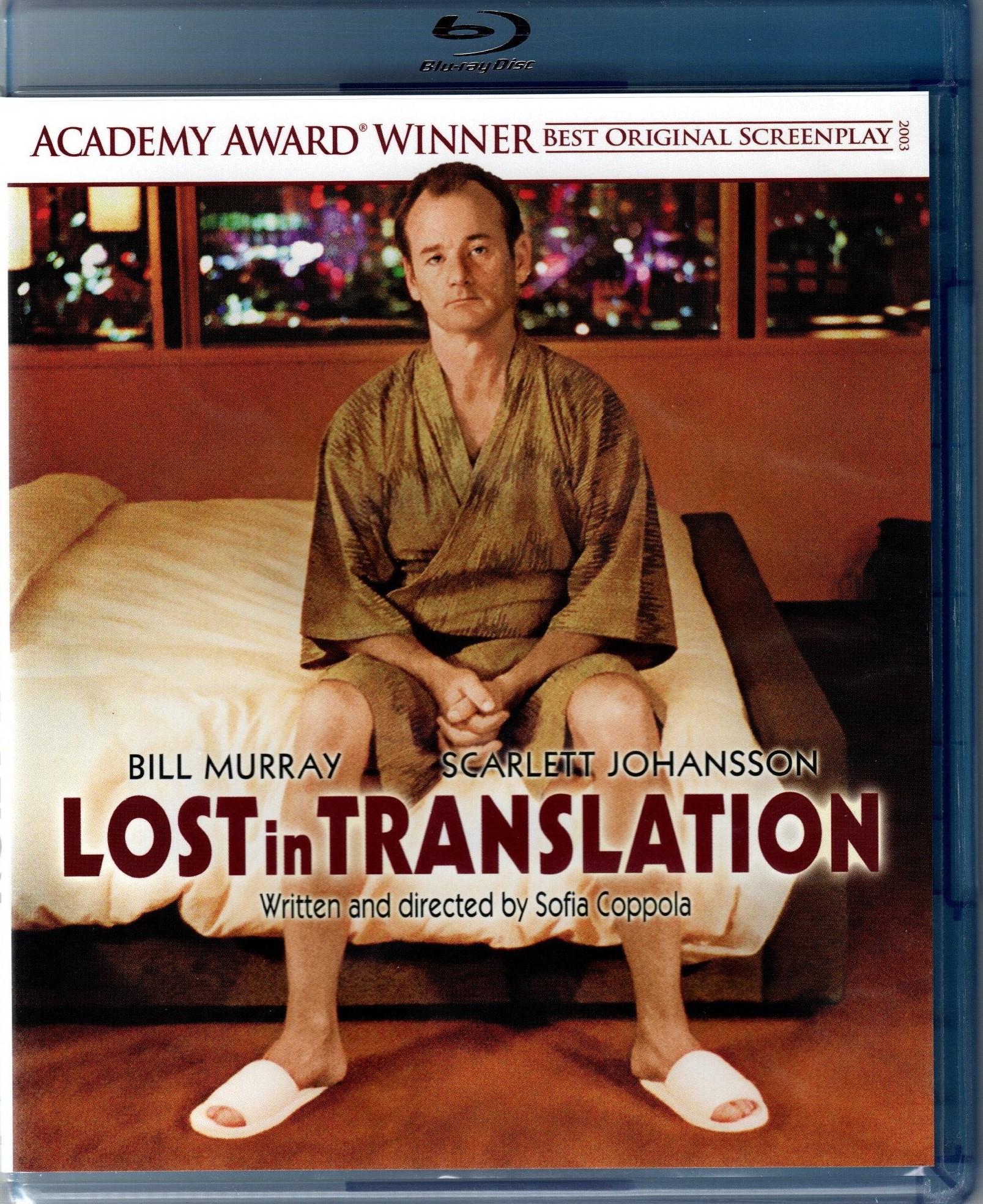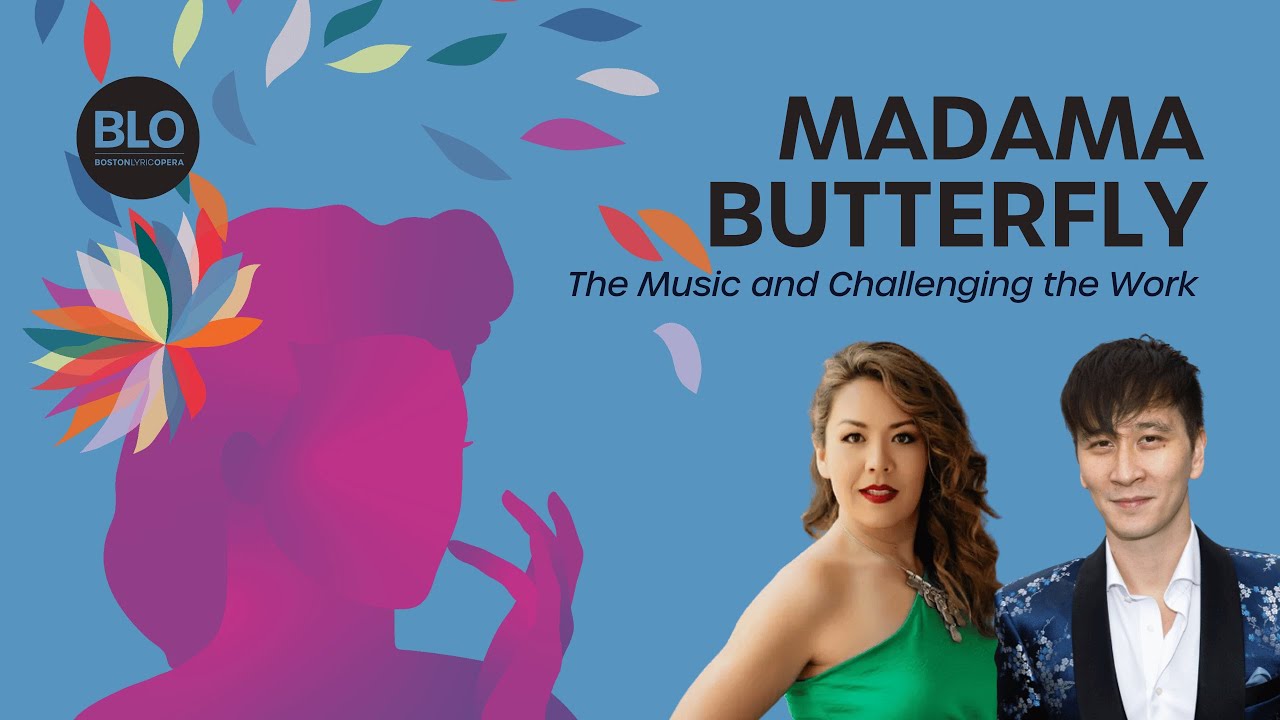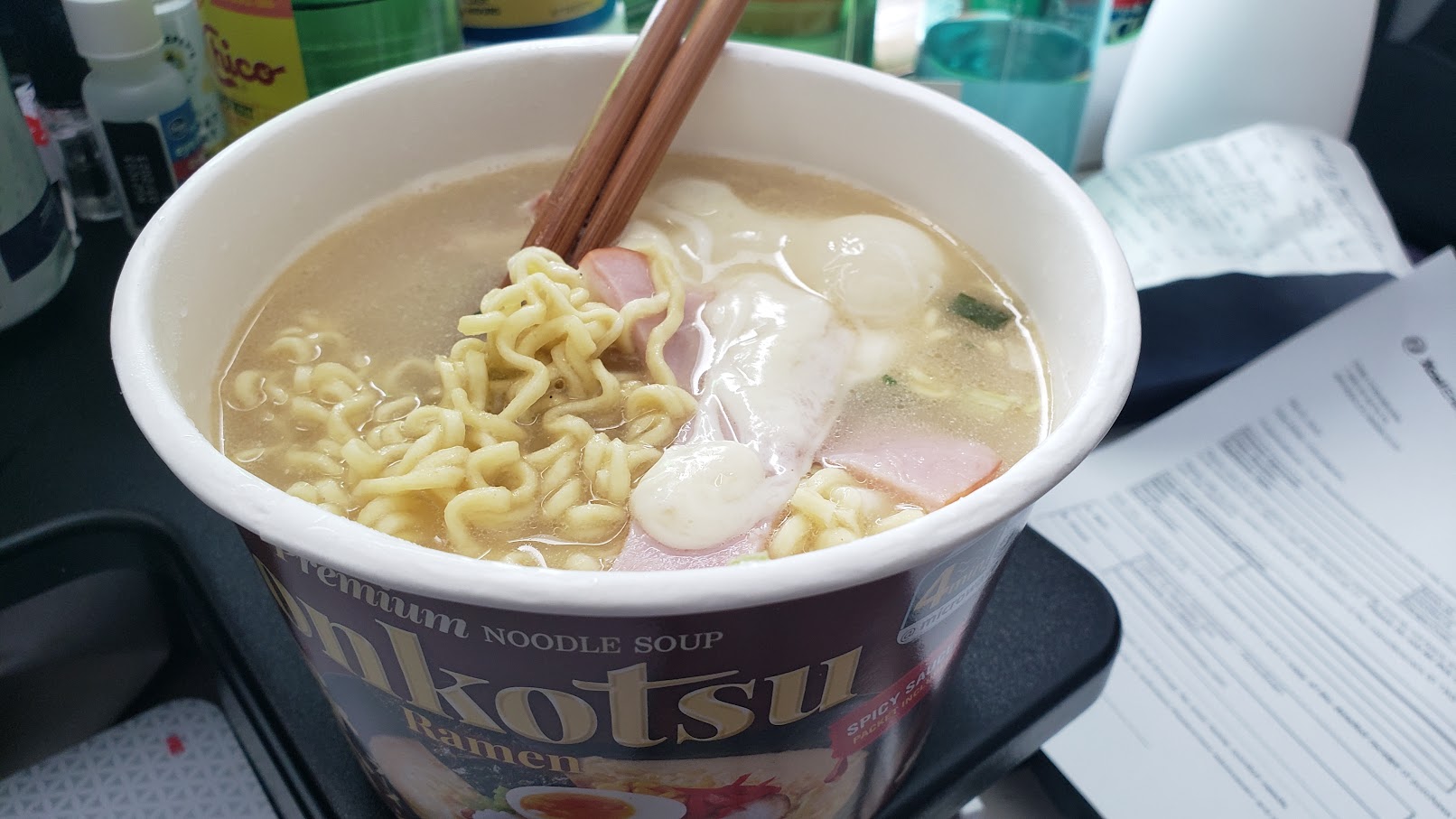November 29, 2008

Although I covered pop music at a time when punk, hardcore, "alternative" rock, rap and hip hop were the coolest sounds, I always had a soft spot for the sweet sugar of pure pop. I once wrote an essay comparing Michael Jackson to Prince, as if Jackson were the Beatles and Prince were the Rolling Stones. In my essay, MJ won out (but this was before MJ got weird).
I was, it's true, a Beatles fan over the Stones. And a lot of the reason was the vocals, not just the pop brilliance of the Lennon-McCartney and Harrison songs. I loved the Beatles' harmony. When I listen to Beatles songs, I can hear their voices dancing and meshing with each other; sometimes trading melody for harmony, sometimes taking an aural upfront position, sometimes laying back.
That's the same quality that turned me on to artists such as Simon & Garfunkel in spite of Paul Simon's brainy-nerdy lyrics (I was a brainy nerdy kid, after all, so I identified with him). Simon and Art Garfunkel's voices were a natural fit, and I still love to hear their duet vocals, especially on their earlier, unadorned music. Their solo recordings, even when they're great records, don't thrill me as much as the ones they made together.
Peter, Paul and Mary were for me, the pinnacle of the melody/harmony interplay. Like the Beatles, they could sing high or low parts, and the sound was fuller than a duet to have all three filling in gaps. Yes, PP&M were an "artificial" group, the folk version of the Monkees, who were assembled as a hit-making enterprise by their manager to cash in on the urban folk boom of the times. Following the success of the Weavers, the Kingston Trio and others, Albert Grossman's formula for pop success was to bring together "a tall blonde, a funny guy, and a good looking guy" and watch the cash flow in. That it did.
But they also rose above their commercial crassness and made some fine music for the ages. The trio, Noel Paul Stookey, Peter Yarrow and Mary Travers were earnest lefty-touchy-feely folksingers, a natural progression from the Woody Guthrie balladeer of the Depression era forged with the commercially viable groupthink of the '50s Weavers (where Pete Seeger made his original mark).
They had a string of hits, including folk songs like "500 Miles," pop ballads like "Lemon Tree" and protest songs like "If I Had a Hammer" and "Where Have All the Flowers Gone." They popularized the emerging voices of the new generation's "protest singers" like Bob Dylan (the trio's take of "Blowin' in the Wind" is still my favroite of many cover versions and the original). They also sparked the public's imagination with the silly controversy over "Puff the Magic Dragon" (was it or was it not about smoking pot?), and closed out their hitmaking career with a pair of terrific sunset singles, John Denver's "Leaving on a Jet Plane" and " the gospel-infused "Day Is Done."
They caught the zeitgeist of their times -- a spirit of searching and questioning of values, the possibilities of youthful exhuberance, and a lust for life. They still perform to nostalgic crowds, but their golden era was inexorably and permanently affixed to the folk era's comet.
 Surfing YouTube videos can be like the early days of surfing the Internet. Following links to random Web pages is a leap of faith, a trust in kismet, that what you're about to see is both somehow related to what you were seeking in the first place, and hopefully entertaining.
In the midst of one of my YouTube forays, following related videos then backing up and taking another path to other videos, I came across one of my favorite songs of all time, "Ue O Muite Arukou" by Kyu Sakamoto, the Japanese pop star who had a worldwide #1 hit with the song in 1963.
You probably know the song better by the name put on it by its American label, "Sukiyaki." It's been covered in English by a number of artists, most notably Taste of Honey in the '80s and the Viet pop singer Trish Thuy Trang more recently. She sings both English and Japanese in her version. (See Sakamoto's, Taste of Honey's and Tran's video versions below. They're all available on YouTube.)
From there, I clicked to a cover version of the song by a hapa musician named Kina Grannis and was pleasantly surprised by the sweet, cool, understated quality of her version of the song -- which she sings in the original Japanese -- as well as the scope and depth of her talent on other videos. Here's the video:
Grannis is from Southern California, and won a songwriting contest sponsored by Doritos with the catchy song, "Message from Your Heart," which was aired during the Super Bowl in February. The contest led to a deal with Interscope Records.
Surfing YouTube videos can be like the early days of surfing the Internet. Following links to random Web pages is a leap of faith, a trust in kismet, that what you're about to see is both somehow related to what you were seeking in the first place, and hopefully entertaining.
In the midst of one of my YouTube forays, following related videos then backing up and taking another path to other videos, I came across one of my favorite songs of all time, "Ue O Muite Arukou" by Kyu Sakamoto, the Japanese pop star who had a worldwide #1 hit with the song in 1963.
You probably know the song better by the name put on it by its American label, "Sukiyaki." It's been covered in English by a number of artists, most notably Taste of Honey in the '80s and the Viet pop singer Trish Thuy Trang more recently. She sings both English and Japanese in her version. (See Sakamoto's, Taste of Honey's and Tran's video versions below. They're all available on YouTube.)
From there, I clicked to a cover version of the song by a hapa musician named Kina Grannis and was pleasantly surprised by the sweet, cool, understated quality of her version of the song -- which she sings in the original Japanese -- as well as the scope and depth of her talent on other videos. Here's the video:
Grannis is from Southern California, and won a songwriting contest sponsored by Doritos with the catchy song, "Message from Your Heart," which was aired during the Super Bowl in February. The contest led to a deal with Interscope Records.









 I'm an off-and-on supporter of
I'm an off-and-on supporter of 
 Although I covered pop music at a time when punk, hardcore, "alternative" rock, rap and hip hop were the coolest sounds, I always had a soft spot for the sweet sugar of pure pop. I once wrote an essay comparing Michael Jackson to Prince, as if Jackson were the Beatles and Prince were the Rolling Stones. In my essay, MJ won out (but this was before MJ got weird).
I was, it's true, a Beatles fan over the Stones. And a lot of the reason was the vocals, not just the pop brilliance of the Lennon-McCartney and Harrison songs. I loved the Beatles' harmony. When I listen to Beatles songs, I can hear their voices dancing and meshing with each other; sometimes trading melody for harmony, sometimes taking an aural upfront position, sometimes laying back.
That's the same quality that turned me on to artists such as Simon & Garfunkel in spite of Paul Simon's brainy-nerdy lyrics (I was a brainy nerdy kid, after all, so I identified with him). Simon and Art Garfunkel's voices were a natural fit, and I still love to hear their duet vocals, especially on their earlier, unadorned music. Their solo recordings, even when they're great records, don't thrill me as much as the ones they made together.
Although I covered pop music at a time when punk, hardcore, "alternative" rock, rap and hip hop were the coolest sounds, I always had a soft spot for the sweet sugar of pure pop. I once wrote an essay comparing Michael Jackson to Prince, as if Jackson were the Beatles and Prince were the Rolling Stones. In my essay, MJ won out (but this was before MJ got weird).
I was, it's true, a Beatles fan over the Stones. And a lot of the reason was the vocals, not just the pop brilliance of the Lennon-McCartney and Harrison songs. I loved the Beatles' harmony. When I listen to Beatles songs, I can hear their voices dancing and meshing with each other; sometimes trading melody for harmony, sometimes taking an aural upfront position, sometimes laying back.
That's the same quality that turned me on to artists such as Simon & Garfunkel in spite of Paul Simon's brainy-nerdy lyrics (I was a brainy nerdy kid, after all, so I identified with him). Simon and Art Garfunkel's voices were a natural fit, and I still love to hear their duet vocals, especially on their earlier, unadorned music. Their solo recordings, even when they're great records, don't thrill me as much as the ones they made together.
 Asian Americans are finally showing up in American pop culture at large, but Asian American fine artists are still mostly invisible. Only a few have had notable -- or rather, noted -- careers in the art world.
When I was an art student, I didn't think much of my heritage. You might say it was my "Banana Period." As an artist, I didn't appreciate my ethnicity, even when I was included in a group show of Japanese artists and my painting was bought by a famous playwright (keep reading below).
I simply didn't identify myself as an Asian American artist. I was simply an artist, and the art I made was informed by my 8th grade art teacher, Julie Maiolo, my high school art teacher, Jay Filson, and all my professors (especially color theorist Mary Buckley), as well as the art history teachers and books I soaked up. Which meant my awareness of art was all Euro-centric.
In all of that art history and theory, what I knew of Asia in art was that calligraphy was beautiful, ink painting was hard but similar in process to watercolor, and that Japanese woodblocks inspired the French Impressionists that I loved so much.
So it's understandable that I assumed any artist with an Asian name was Asian, not Asian American. For instance, for years I thought the sculptor
Asian Americans are finally showing up in American pop culture at large, but Asian American fine artists are still mostly invisible. Only a few have had notable -- or rather, noted -- careers in the art world.
When I was an art student, I didn't think much of my heritage. You might say it was my "Banana Period." As an artist, I didn't appreciate my ethnicity, even when I was included in a group show of Japanese artists and my painting was bought by a famous playwright (keep reading below).
I simply didn't identify myself as an Asian American artist. I was simply an artist, and the art I made was informed by my 8th grade art teacher, Julie Maiolo, my high school art teacher, Jay Filson, and all my professors (especially color theorist Mary Buckley), as well as the art history teachers and books I soaked up. Which meant my awareness of art was all Euro-centric.
In all of that art history and theory, what I knew of Asia in art was that calligraphy was beautiful, ink painting was hard but similar in process to watercolor, and that Japanese woodblocks inspired the French Impressionists that I loved so much.
So it's understandable that I assumed any artist with an Asian name was Asian, not Asian American. For instance, for years I thought the sculptor 